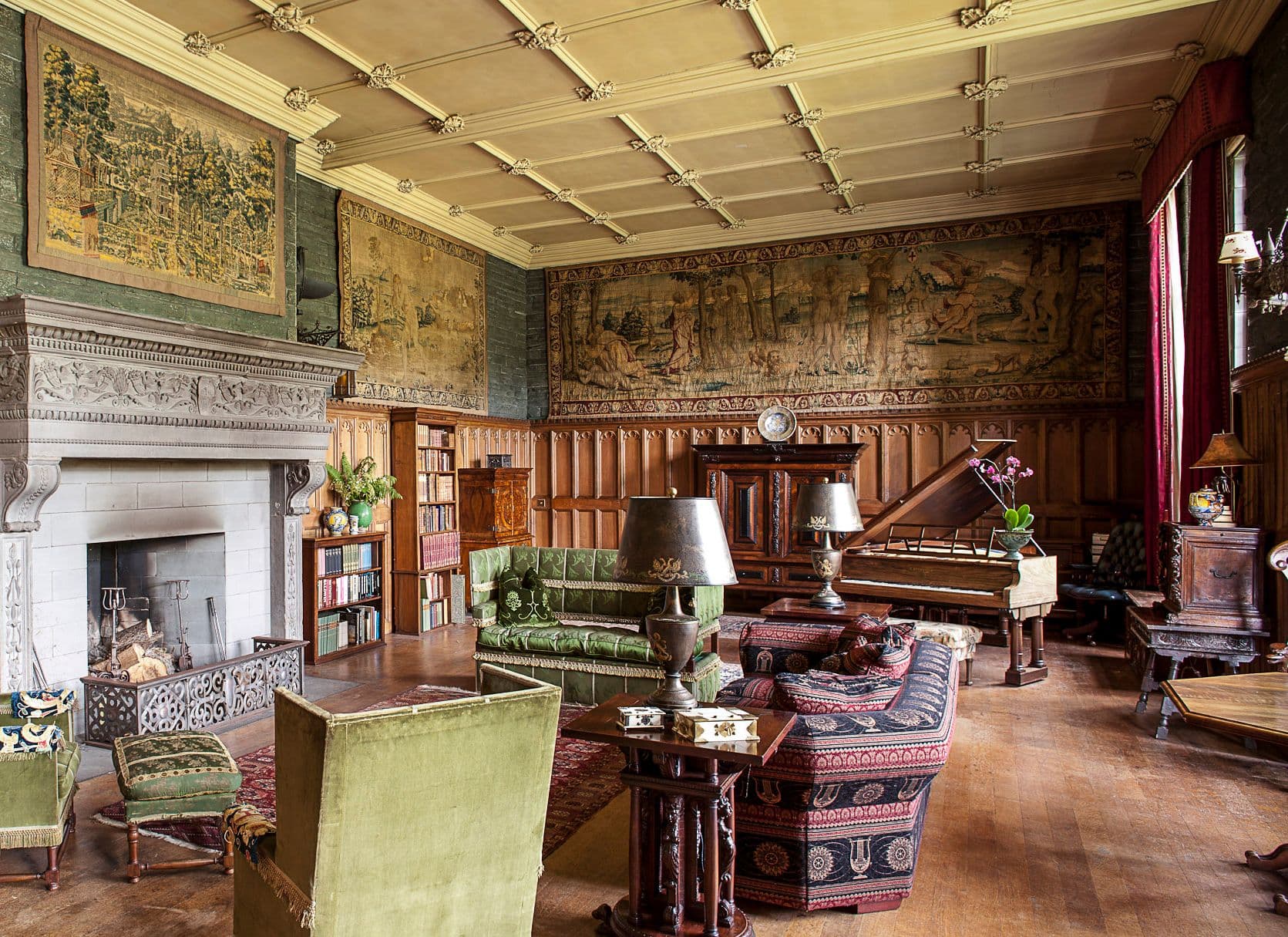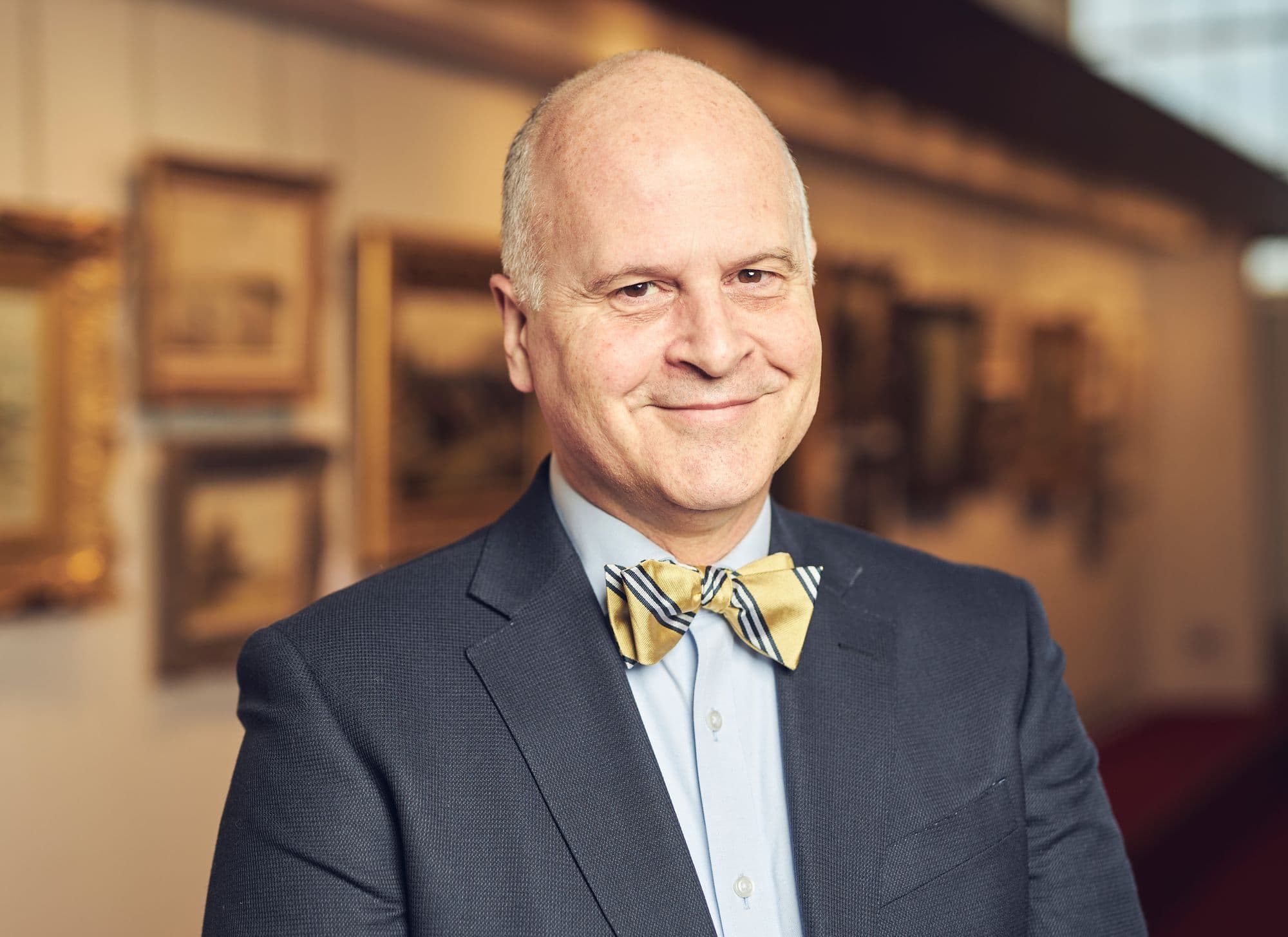Towie Barclay, a picturesque tower house castle, lying just a few miles southeast of Turiff, in Aberdeenshire, has the qualities you would dream of in a Scottish castle. Walking over the threshold is like stepping back in time, with much of the interior in keeping with how it would have looked in the 16th century. For over 50 years the Ellington family have been custodians of Towie Barclay and made it their family home.
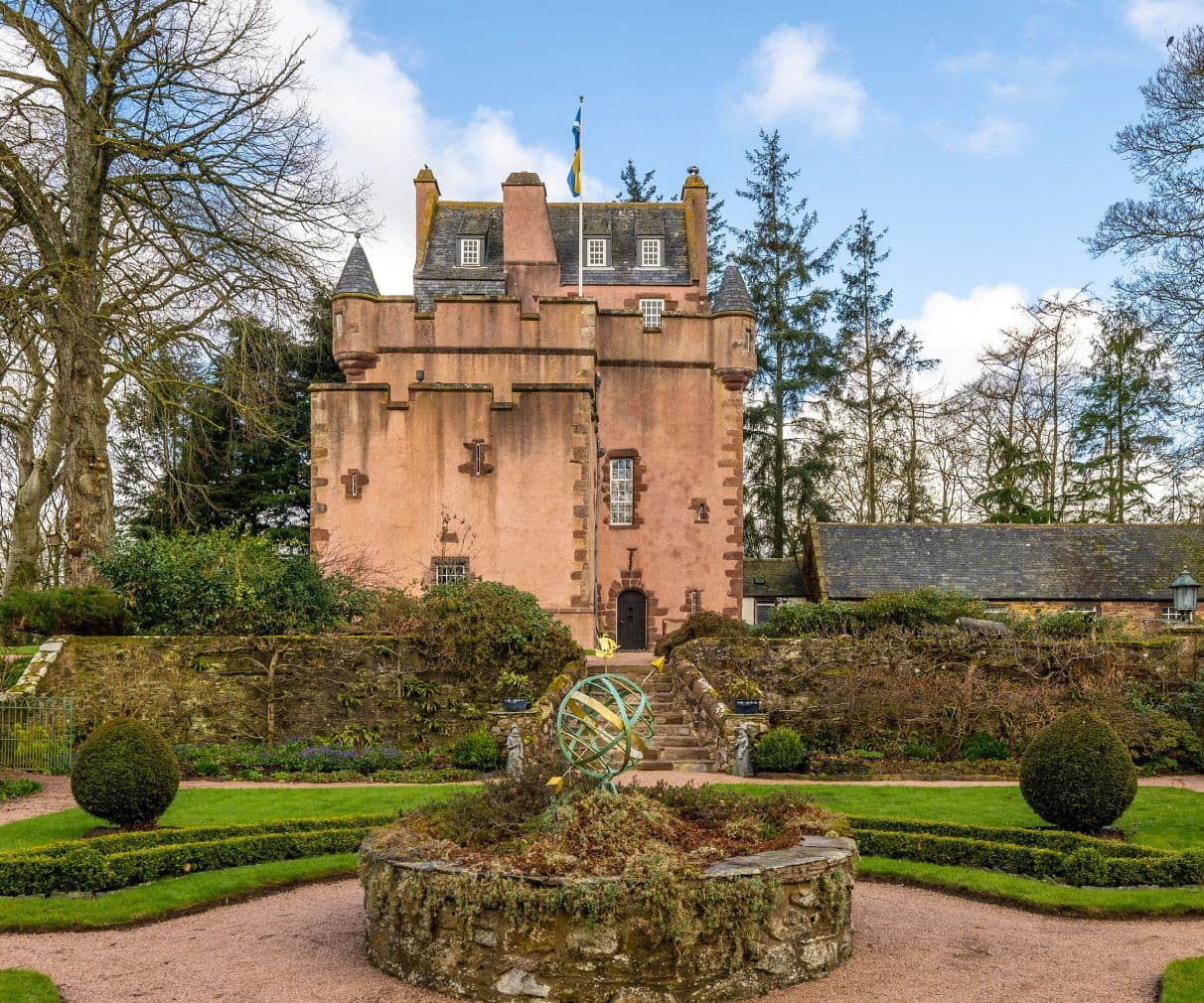
Select Property from Towie Barclay Castle
12 March 2024
Douglas Girton
The site of the castle was gifted to Clan Barclay in the 11th century by Malcolm III of Scotland and there is evidence that there has been a dwelling there since the 12th century. The present structure, in the form a traditional keep with rib and groin vaulted interiors, was completed in 1593. The castle remained in the Barclay family until 1752, when it was sold to the Earl of Findlater, and then some years later in 1792, to Robert Gordon’s Hospital in Aberdeen.
Karen and Marc Ellington, both from the USA, purchased the property in 1972, when it was a desperately overgrown ruin, which had lain empty for over 200 years. The story began in Oregon, in 1967, when Karen and Marc jumped on a flight to Glasgow to avoid Marc being drafted into the US forces to serve in the Vietnam war. Marc was a folk signer and musician, who recorded with the likes of Fairport Convention and Byrds. Between gigs the couple explored Scotland. They first visited Towie Barclay in 1969 and fell in love with the red sandstone building. “When I first saw Towie Barclay I saw not what it was but what it could be” reflected Marc in 2017. They went on to buy it in 1972 for £4,000, which was every penny that they had.
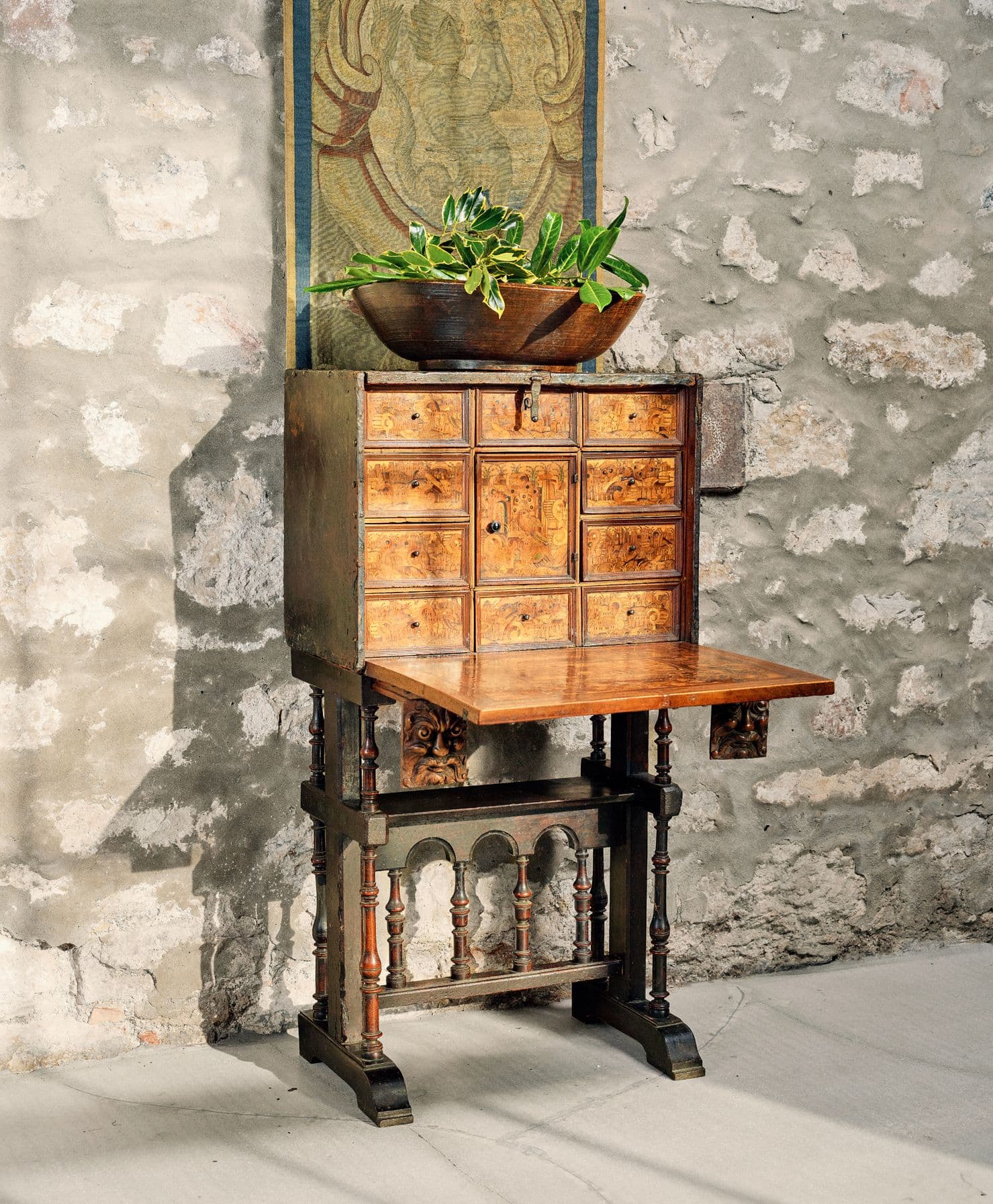
SOUTH GERMAN FRUITWOOD, MARQUETRY AND LEATHER TABLE CABINET-ON-STAND
Lorenz Stoer was born in Nuremberg and from 1577 was living in Augsburg; active as painter, draftsman, and printmaker, intarsia, and map designer his highly influential book Geometria et Perspectiva (Augsburg. 1567), comprised surreal images of polyhedra in landscapes of ruins for cabinetmakers working with inlaid wood.
The couple embarked on an extensive restoration project and developed a passion for conservation and traditional building skills, becoming well recognised for their knowledge. They faced challenges such as trees growing out of windows, water leaking through the roof of the Great Hall, and no electricity. They carried out laborious, painstaking work with their own hands, such spending several months chipping cement off the walls in the entrance hall and cleaning the external stonework with a wire brush. Eventually they added two further stories to the castle. Years later Marc went on to set up the Scottish Traditional Skills Training Centre, aimed at encouraging students to learn traditional skills such as lime mortar work and dyking, in order to ensure the future of our built heritage.
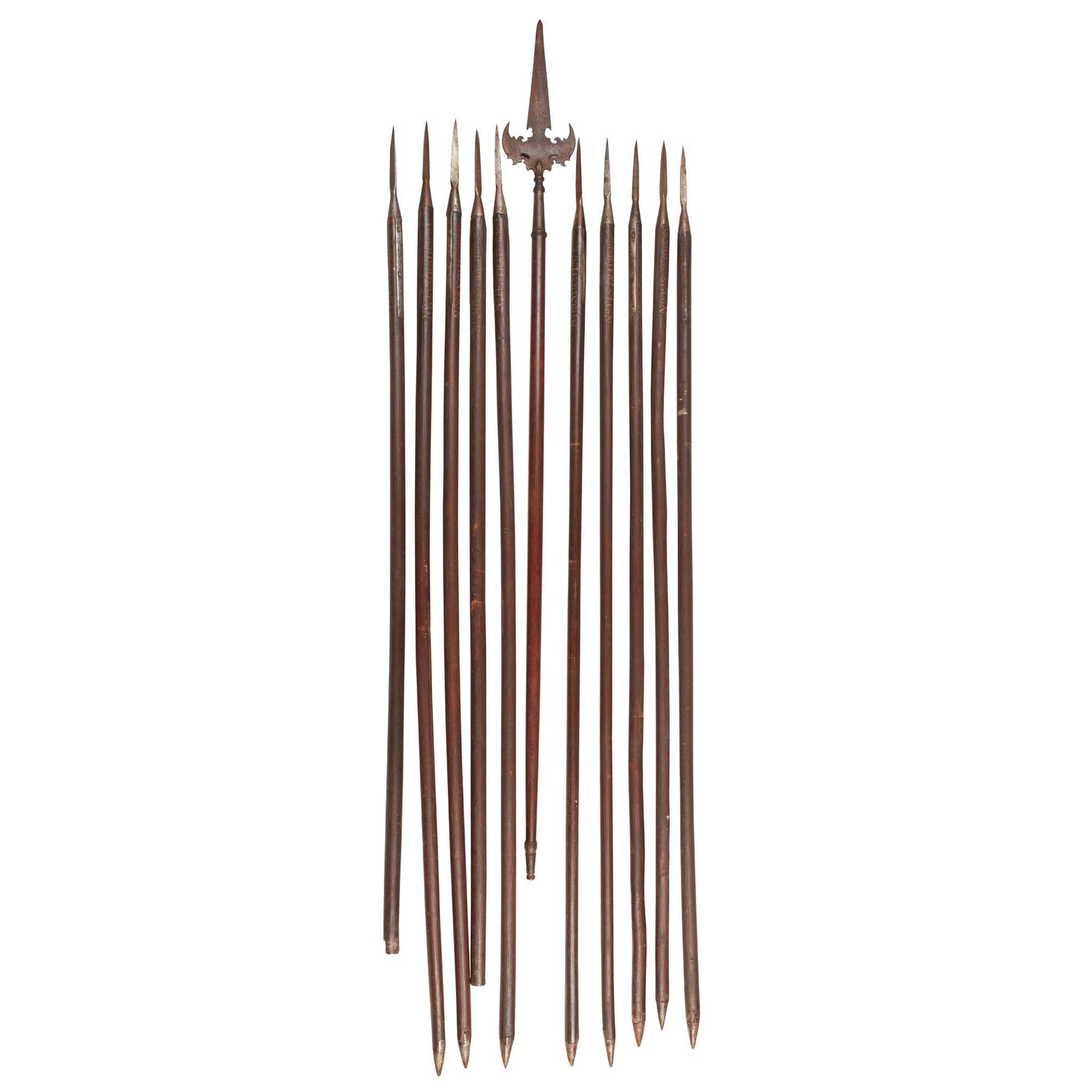
STRATHSPEY FENCIBLE PIKES
Sir James Grant of Grant (1738-1811), who owned large estates in Strathspey, was a politician and the Chief of Clan Grant. In 1783 he was a co-founder of the Royal Society of Edinburgh and served as its first president. Upon the declaration of war by France in 1793, Grant raised the Strathspey Regiment of fencible infantry, an army of volunteers formed to counter the French invasion. He was appointed colonel. Fencibles (from the word defensible), were raised during the late 18th and early 19th centuries, to defend against the threat of invasion during the Seven Years' War, the American War of Independence, the Napoleonic Wars, and the War of 1812.
The restoration was funded by Marc’s work as a folk singer and musician, and Karen project managed the restoration. Karen went on to become an award-winning landscaper and garden designer, and her work included recreating the original sunken garden at Towie Barclay, with stunning results. The couple raised their two children at the castle, continuing with plans and projects for Towie Barclay and its gardens along the way. The work that was carried out was considered to be one of the finest 20th century castle restorations, receiving a Saltire Society award in 1973, and drawing various royal visitors to observe the work. The first royal guest was the Queen Mother, who was served cookies made by the Ellington’s young daughters. King Charles, then the Duke of Rothesay, also visited on several occasions.
In terms of architectural history the castle has one of the finest preserved medieval Great Halls north of York, and there are numerous features of interest such as stone ceiling bosses carved with the arms of the Barclay family and King James I / VI, a shot hole by the main entrance, for defending the castle from attack, spyholes or ‘laird’s lugs’ on the staircase for listening into conversations, and timber beams dating from the 1500s. Yet this historical building was a warm and lively family home, where the children enjoyed bum crawling down the stone spiral staircase and ‘playing house’ in the minstrels’ gallery. It also played host to musical gatherings with sessions attended by friends such as Richard Thompson and his wife Nancy, Dave Swarbrick and Fiona Kennedy. Billy Connolly also visited and when out with the Ellington’s for fish and chips one evening they left the restaurant to find a queue of people the length of a football pitch waiting to see him.
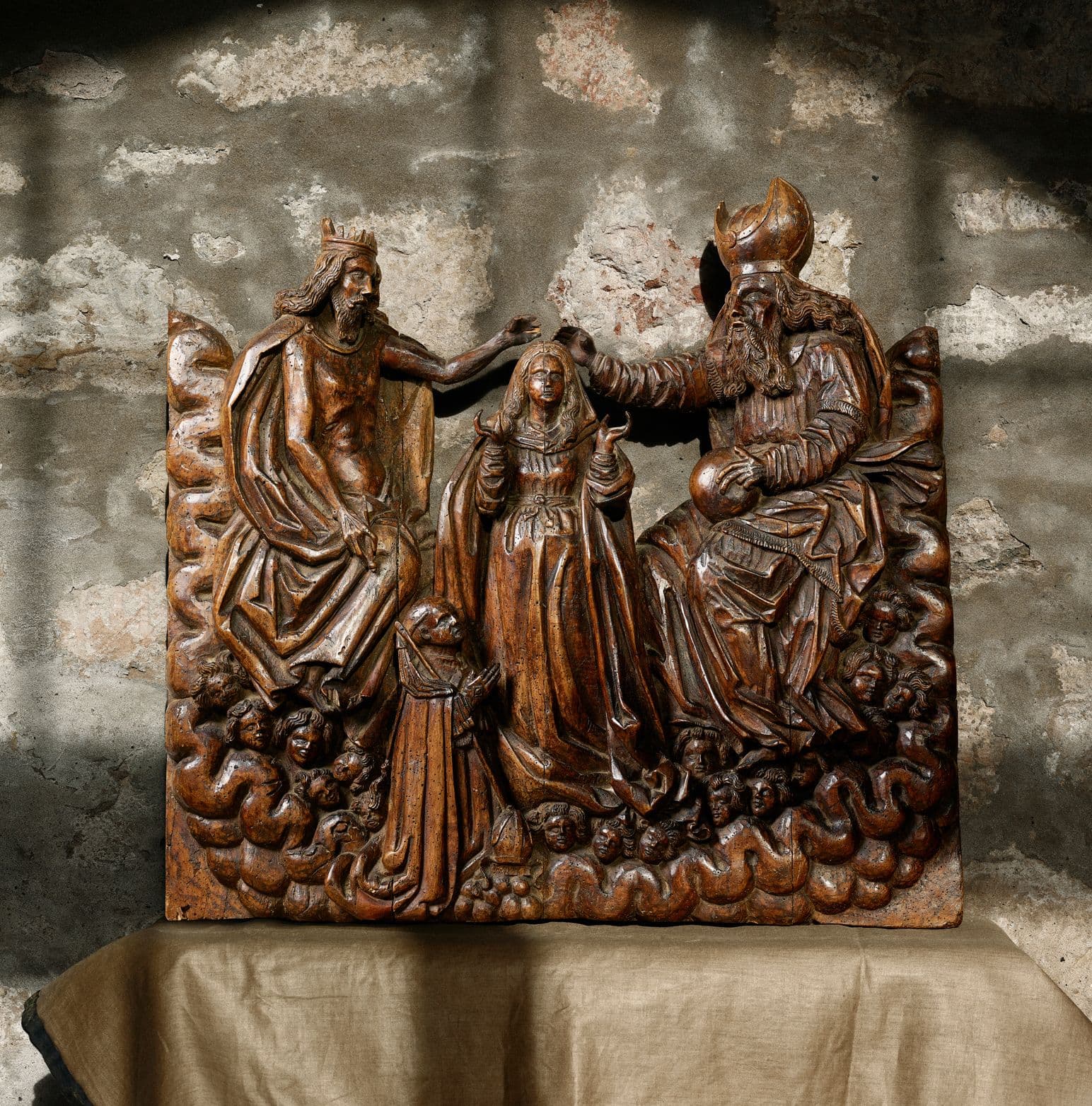
16TH CENTURY GERMAN CARVED LIMEWOOD PANEL OF THE CORONATION OF THE VIRGIN MARY
Depicting the standing figure of Mary flanked by the figures of God the Father and Christ on a bank of cherubim and swirling clouds and a kneeling patron below.
Marc and Karen were passionate about the history and heritage of Scotland, and this is reflected in the contents of their home, which they collected over the years. Antique shopping was a favourite pastime for them both. Marc had a particular interest in paintings and works of art, and the house is richly furnished with pieces that are in keeping with the period and style of the building. Their fascinating collection was built up over the decades and acquired from a range of sources all over the country. The collection includes early oak and Scottish vernacular furniture, historical portraits, religious works of art, tapestries, weapons and armour.
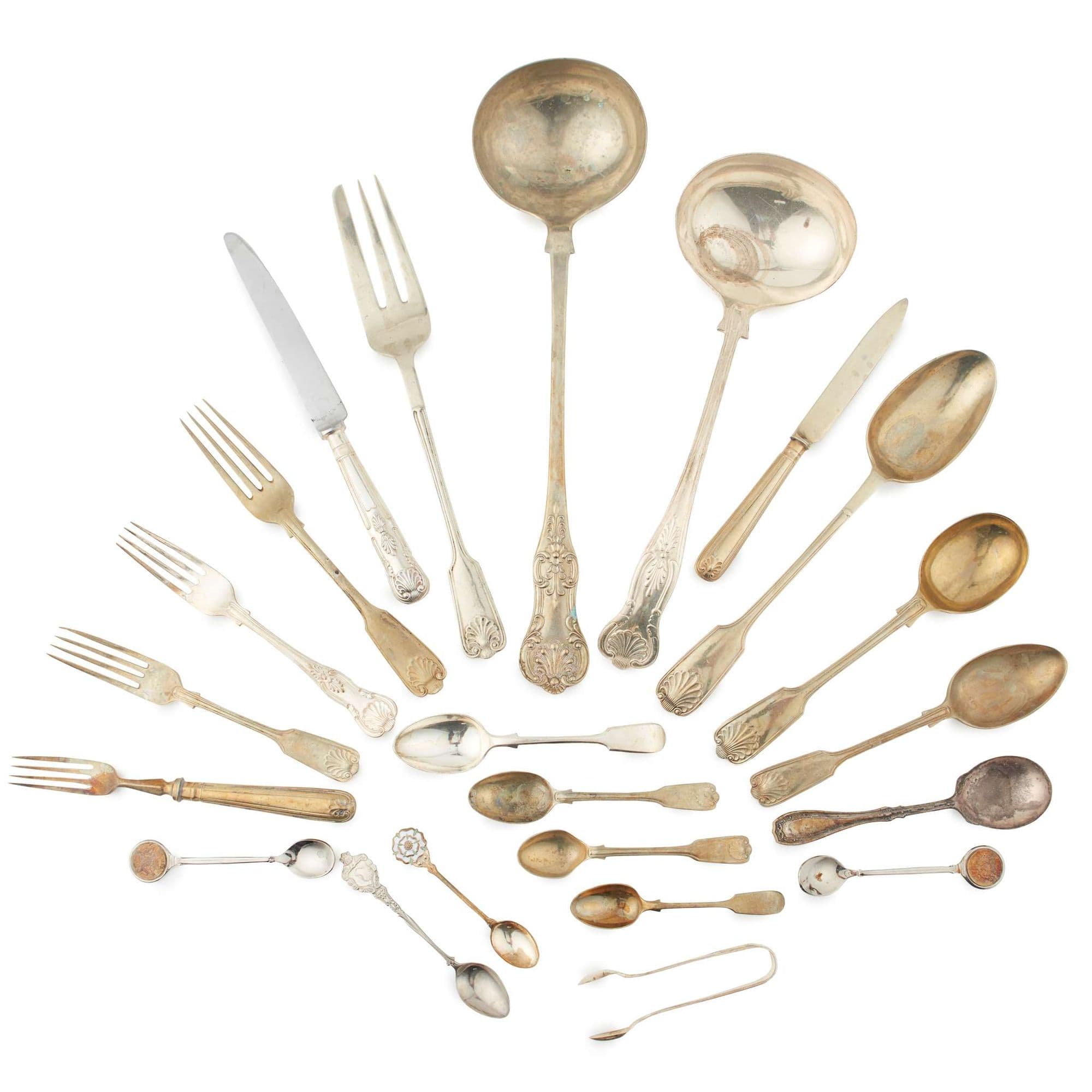
ASSOCIATED PART CANTEEN OF SILVER PLATED CUTLERY SALVAGED FROM THE S.S BREDA
In the summer of 1969 the Ellingtons were enjoying a summer holiday in Oban and became friendly with four scuba divers who were staying in the same hotel. The divers were searching for salvage on the wreck of the S.S. Breda in Ardmucknish Bay. In the bar in the evening the divers would tell of their finds under the waves and one night they proudly offered the Ellingtons a box of tarnished cutlery (lot 114) salvaged from the officers mess onboard Breda, which the Ellingtons were delighted to accept.
Following Marc’s death in 2021 Karen made the difficult decision to put Towie Barclay on the market. It was now gone to new owners and will begin a new chapter in its history. Karen looks back with happy memories on the exciting years spent collecting antiques for Towie Barcley. It is now with a sense of pride, and some sadness in saying goodbye to these treasures, that the time has come for the selected contents of the property to be offered for sale and passed on for future generations to enjoy.
Illustrated top: Marc Ellington; The Great Hall, Towie Barclay, image courtesy of Savils
Illustrated middle: The Entry Hall, Towie Barclay; The Great Hall, Towie Barclay, The Baronial and Ecclesiastical Antiquities of Scotland, 1852
Illustrated bottom: LOT 129 | FLEMISH CARVED AND POLYCHROME PAINTED FIGURE OF MARY MAGDALENE | 17TH/ EARLY 18TH CENTURY | £3,000 - £5,000 + fees; LOT 117 | SCOTTISH OAK WAINSCOT ARMCHAIR | 17TH CENTURY | £1,000 - £1,500 + fees & LOT 84 | PAIR OF ETCHED FINGERED GAUNTLETS | LATE 16TH / EARLY 17TH CENTURY | £400 - £600 + fees; LOT 131 | PAIR OF CONTINENTAL CARVED, POLYCHROMED, AND PARCEL-GILT FIGURAL PRICKET STICKS | 18TH CENTURY | £600 - £800 + fees & LOT 130 | ITALIAN BAROQUE GILTWOOD RELIQUARY STAND | LATE 17TH/ EARLY 18TH CENTURY | £800 - £1,200 + fees & LOT 109 (detail) | PAIR OF TAPESTRY PANELS | 17TH CENTURY | £500 - £700 + fees

